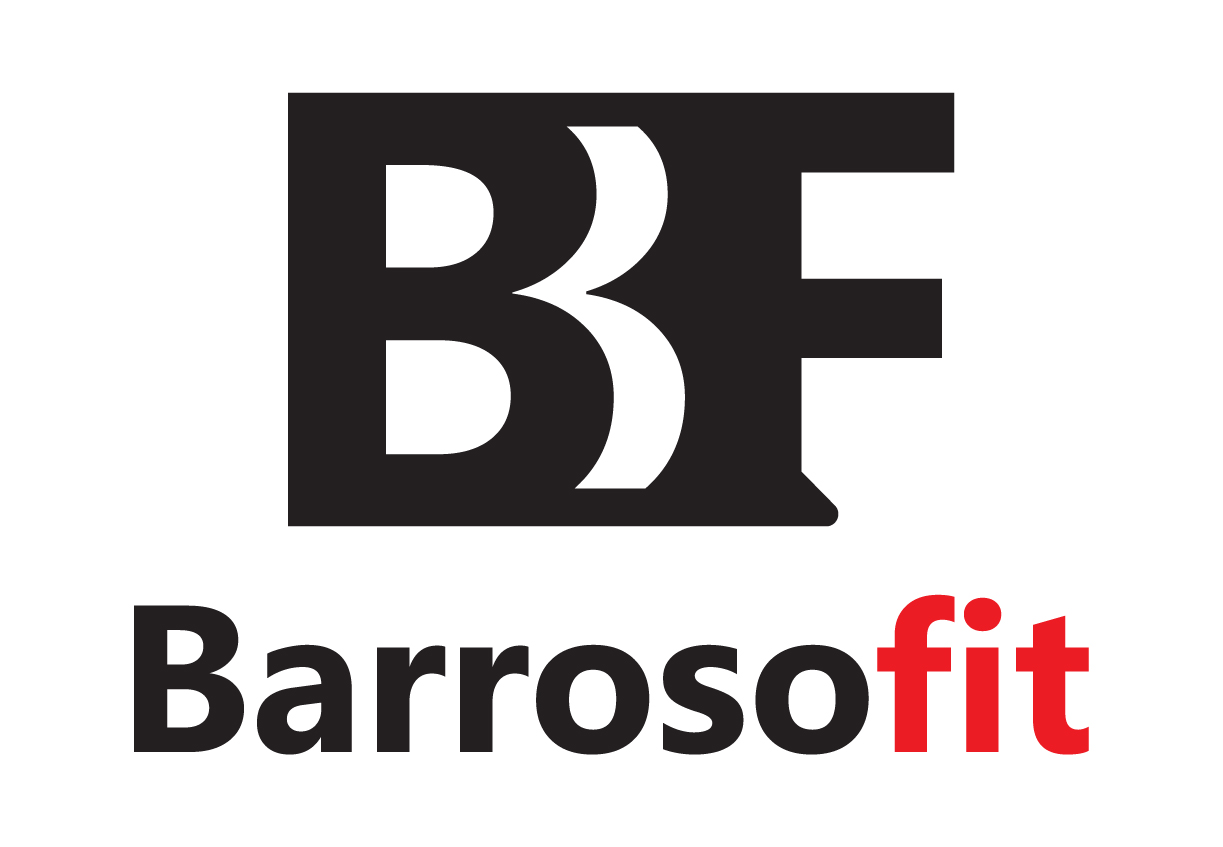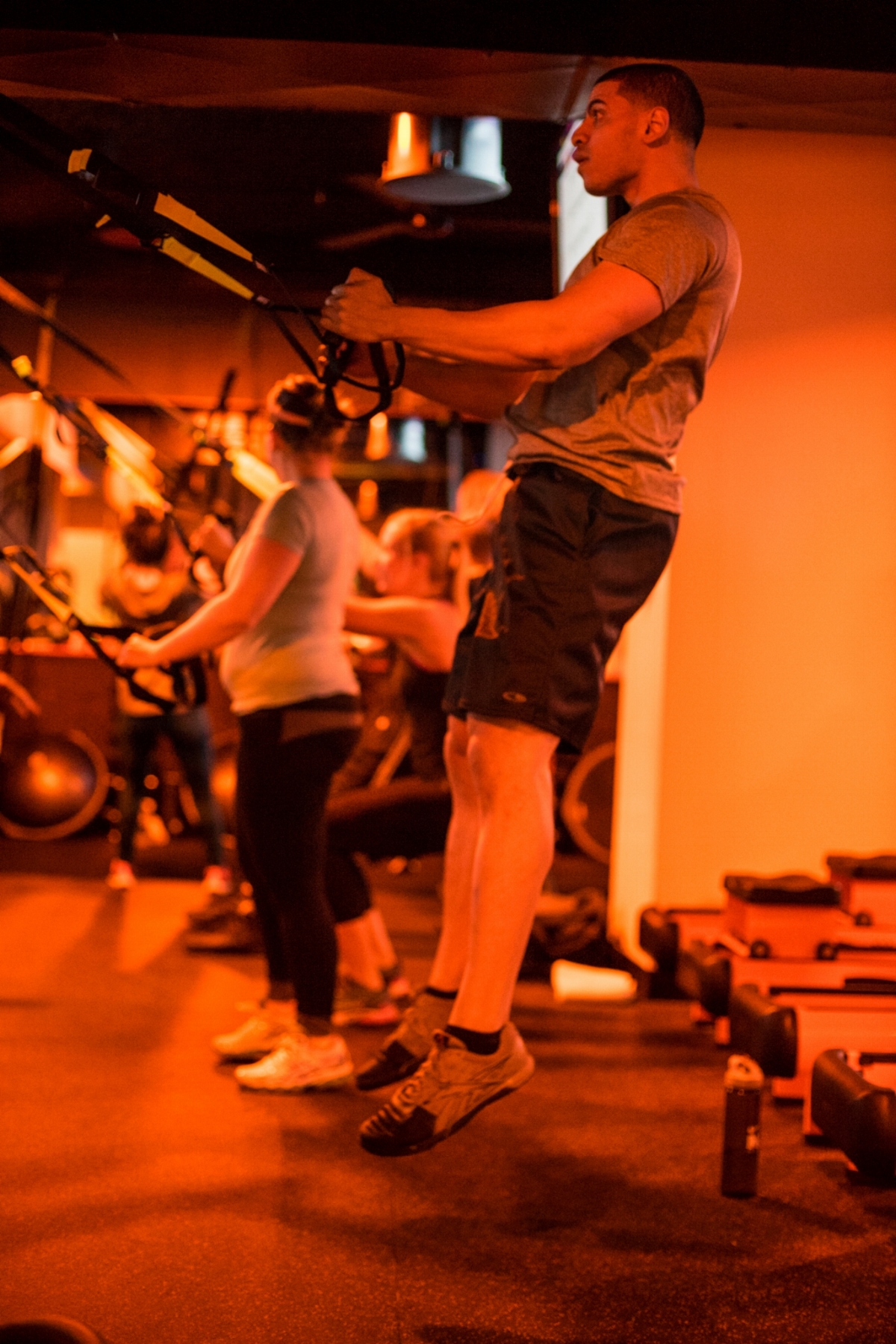CHASING CALORIE COUNTS
Calorie burn has become synonymous with how good a workout is, yet number of calories burned is not the same for anyone. How can this be? Well, it’s extremely hard to measure calories lost since everyone has different genetics and lives differently. Cardio machines and fitness wearables (like FitBit and the Apple Watch) are popular ways to gauge how many calories you burn yet research shows both are inaccurate at measuring energy expenditure. A 2016 Journal of Medical Engineering & Technology study found that the Fitbit Charge underestimates calorie burn while walking and running, except during the slowest walk (3.0 mph) during which the tracker over estimated caloric expenditure by 20%. The Fitbit Flex was shown to overestimate calorie burn while walking by 11-16% during a 2015 Journal of Cardiology study. Cardio machines can also spew out varied numbers, adding to the difficulty in reaching accuracy.
“Fitness machines like elliptical and treadmills can underestimate someone’s calorie burn or overestimate calorie burn,” says Nicole Blaize Nolan, Ph.D. Lecturer of Exercise Science at Arizona State University. “The reason they are off is because most individuals just hit quick start and don’t put any numbers in so the machine uses what algorithm it has based on the average individual. If you’re heavier than the average individual, that’s where it can underestimate. Most people are under that weight so it will overestimate.”
HOW MANY CALORIES CAN YOU BURN?
What we know about calorie burn is that someone with more muscle burns more calories than someone with less muscle. This is true regardless of gender, according to Nolan.
“The reason males say they can burn more calories than females is because they are typically larger,” says Nolan. “I’m 5’3” and my husband is 6’3” and if we run on the treadmill for the same time, he burns more calories than me because he is larger and requires more energy to live. The amount of calories burned per minute won’t be different for a male or female.”
Bigger individuals require more energy to move, regardless if it’s muscle or fat. With that said, Nolan says people can expect to burn 8-15 calories per minute if doing high intensity interval training (HIIT).
“If I put two people on a treadmill who weigh the same amount, are the same height, and they do the same workout, the treadmill will tell them they burned the same amount of calories,” Nolan says. “But if one person was 15% body fat and the other was 30%, the person who is 15% body fat burned more calories.”
Michael Piercy, MS, CSCS and owner of the Lab in Fairfield, NJ agrees with the general calorie burning rule. A person who works out 3-4 days a week will have a greatly differently caloric expenditure than a person who is just coming in and jumping on a bike for the first time in their life, he says.
“More muscle is going to burn more calories,” says Piercy. “With that said, two different people are two different people so they could have two completely different calorie totals, depending on various factors. That's why I often dissuade people from chasing this calorie total.”
Piercy points to exercise technique, genetics, resting metabolic rate (RMR), nutrition, and your exercise calories as part of the complete picture for figuring how calorie burn per day.
“Resting metabolic rate is the amount of calories that the body uses to fuel your daily functions,” says Piercy. “Most of the time, we think about exercise calories while in actuality, it's a very small part of the whole package.”
Even if someone wore a fitness tracker 24/7, it would be an inaccurate number. Tracking other metrics such as RMR, caloric intake, and doing exercises properly can get you closer to the caloric truth.
A LOOK AT ACCURACY
Fitness trackers tend to be studied for their heart rate, step count, sleep, and energy expenditure accuracy. The research is sparse on the use of wearables for calorie burn but the aforementioned studies found both overestimation and underestimation. That means at certain speeds, your wearable might be giving a calorie count that is more than what you’re burning (like Flywheel did last year) while at other speeds you might be getting a number that’s lower than your actual burn.
“Fitness trackers are pretty off too but they are going to be a little more accurate than cardio equipment because they typically come with an app that allows for more measurements,” says Nolan. “The research shows you need to take calorie and step numbers from trackers with caution. I’d always caution anyone to take these number as the gospels if you’re going to use numbers to change how you’re eating.”
If using a cardio machine, put as much information into it as possible such as weight and age to get a better calorie reading. But again, is it worth knowing if you’re not taking into account nutrition and RMR? Well, Piercy is a believer in the calories in vs. calories out equation so knowing an estimate of calories out can help you reach your fitness goals.
“The basic law for body transformationis: in order for you to lose weight you must burn more than you consume,” says Piercy. “If you are looking to gain weight, you need to consume more than you burn. We're not just looking at exercise calories, because your calorie contribution is way more deep than that as we go through a whole entire day. Exercise calories is actually one of the smallest contributors in the equation.”
HIIT VS. STEADY STATE
HIIT means working for a prescribed number of time then resting for equal, less or more time. Interspersing work and rest this way results in more calories burned in less time. Since schedule is a popular reason to not workout, HIIT can be a viable option for time-crunched people.
“HIIT workouts burn more calories because you are at a higher level of intensity during the workout,” says Nolan. “The metabolic requirement is much higher if you’re trying to workout at 90% of your maximum compared to walking outdoors at 30% of your maximum heart rate (MHR).”
Nolan points out that steady state cardio, like walking or cycling at a low intensity for 60+ minutes, is a good workout too.
“If you’re comparing 30 minutes of HIIT versus 30 minutes on a treadmill, HIIT will burn more calories,” says Nolan. “If you can run on a treadmill for 60 minutes versus doing 30 minutes of HIIT, there might not be a difference in terms of calorie burn.”
As for strength training for fat burning, Nolan says that a Tabata style, doing 20 seconds on, 10 seconds off for 20-30 minutes, would be the ideal way to incorporate moves like kettlebell swings, squat to press, high knees and burpees. Piercy’s stance on exercise mode for calorie burn is that form comes first.
“If you have a bad squat and then you learn how to squat more efficiently, you're going be able to do more squats consistently, which is going to lead to better results,” says Piercy. “What I don't want is for someone to come in chasing this arbitrary number, and all of a sudden get injured because the intensity just doesn't match the movement efficiency for that person.”
Piercy uses rate of perceived exertion (1-10) or a chest strap heart rate monitor to gauge intensity of workouts then builds on the intensity as a training program progresses. If you’re serious about a specific goal, it may be worth it to work with a fitness professional to help you down the road towards success.
LOOK PAST CALORIE BURN
Fitness wearables are a good tool for seeing if you’ve been falling into a slump or just how close you are to reaching an endurance goal such as miles ran or time in the “yellow” heart rate zone. Using their calorie numbers as the end all be all towards your health goals is inadvisable.
“I would always caution anyone to not take the calorie number as the gospel if you’re going to use that number to change how you’re eating,” says Nolan. “What wearables are great for is tracking your individual responses to exercises from day to day.”
A trainer who specializes in HIIT, Piercy recommends his clients don’t chase calorie burn.
“If I tell you ‘Come do this workout and you'll burn 1000 calories’ and you don't burn 1000 calories, it can lead to you being disappointed with the workout,” says Piercy. “Progress, even slow progress, is still progress. You don’t want people to feel dejected by the fitness result, and I think that happens if when people chase that number on a regular basis.”
In fact, Piercy suggests that having a high calorie burn number might not yield the results you’re after.
“Having that number is not a guarantee that you're going to actually get the results that you want,” Piercy adds.
So what should be the goal when packing our gym bags or lacing up our running shoes? To have fun, of course!
THE BEST WORKOUT = THE ONE YOU DO
Consistency is essential for reaching a goal in health, fitness, relationships and life. Keep an open mind when it comes to workout styles while signing up for things that you know you’ll do.
“People ask me, ‘What's the best exercise to do fore absolute calorie burn?’” and it's like, “The exercise that you'll actually do on a regular basis,’” says Piercy. “People get very high calorie totals that just do Zumba, but that doesn’t mean it will contribute to more lean muscle.”
Nolan explains that the American College of Sports Medicine guidelines recommend healthy individuals exercise 30 minutes or more most days of the week. If you’re new to exercise, she suggests to add a few rest days in between. It’s best to allow your body to adjust to exercise and reduce your risk of injury.
“If you like being on the treadmill for an hour and have the time, but hate HIIT workouts, you should just go run on the treadmill because you’re not going to burn any calories if you don’t show up for the workout,” says Nolan. “If that’s what someone wants to do, they should do it. Do what you like because that is going to keep you coming back to the gym.”



